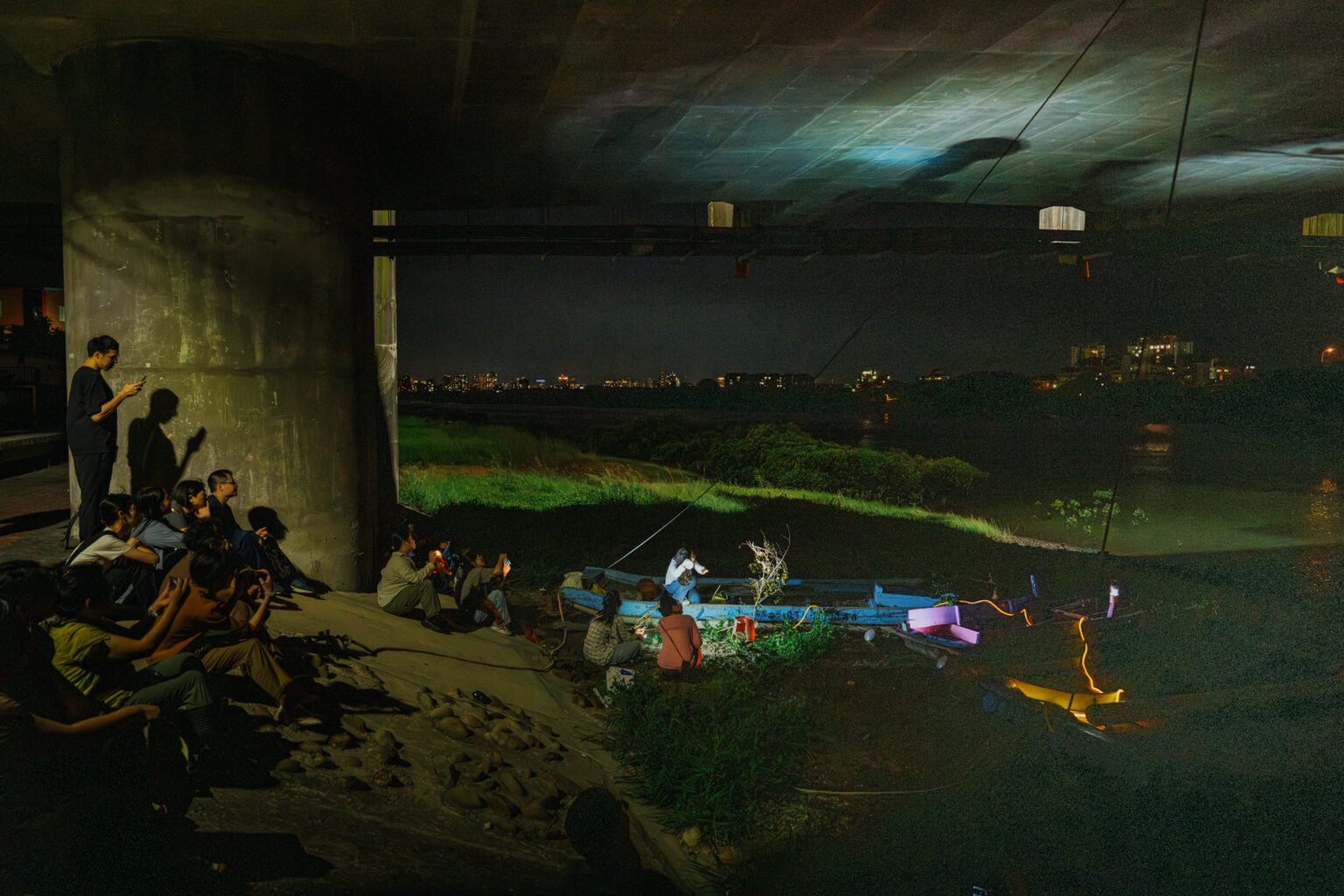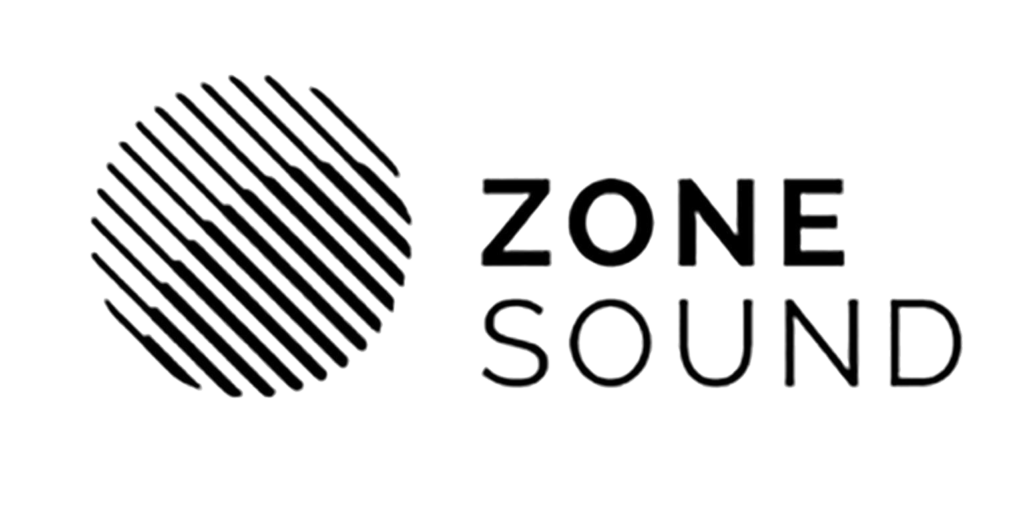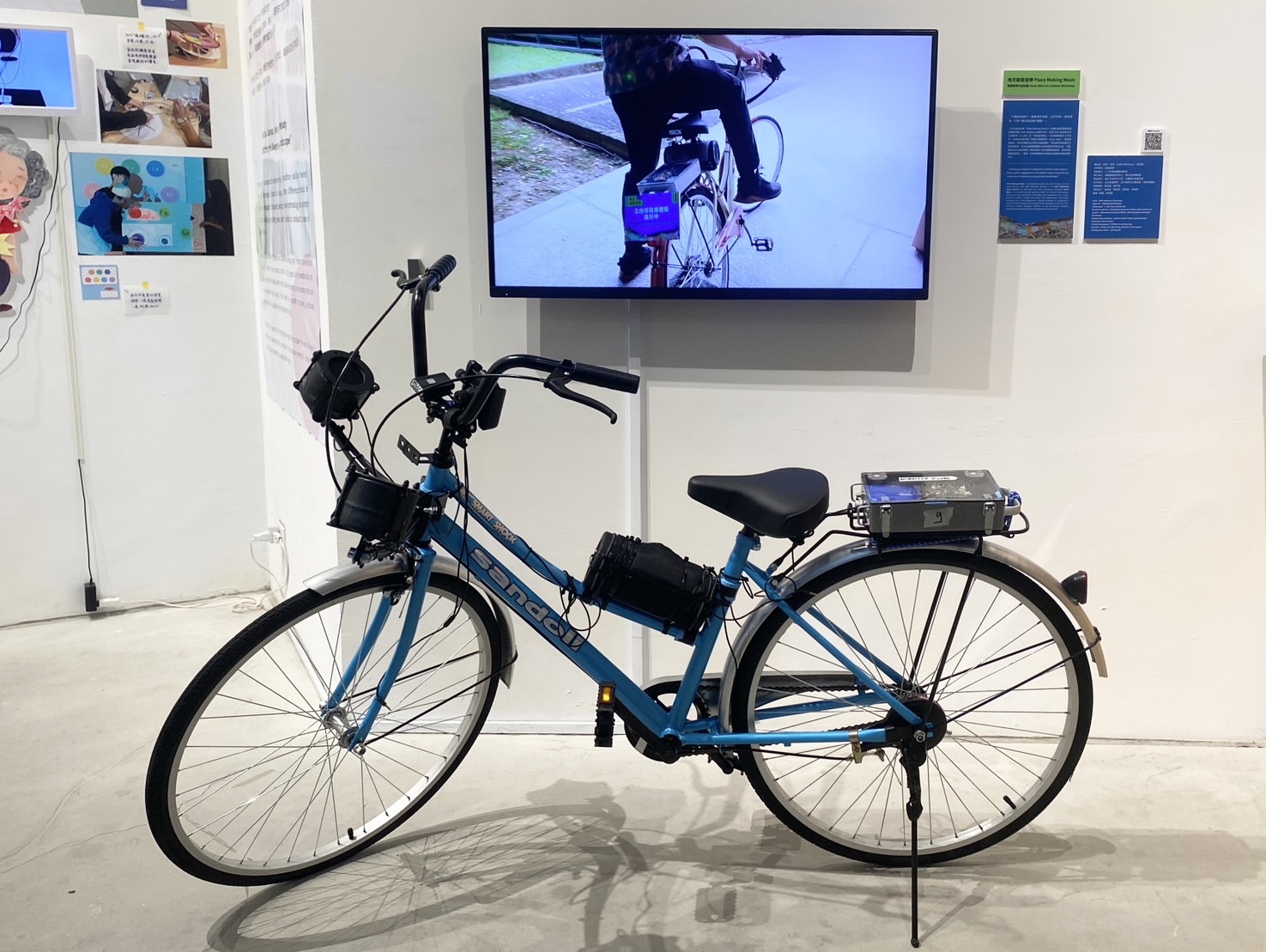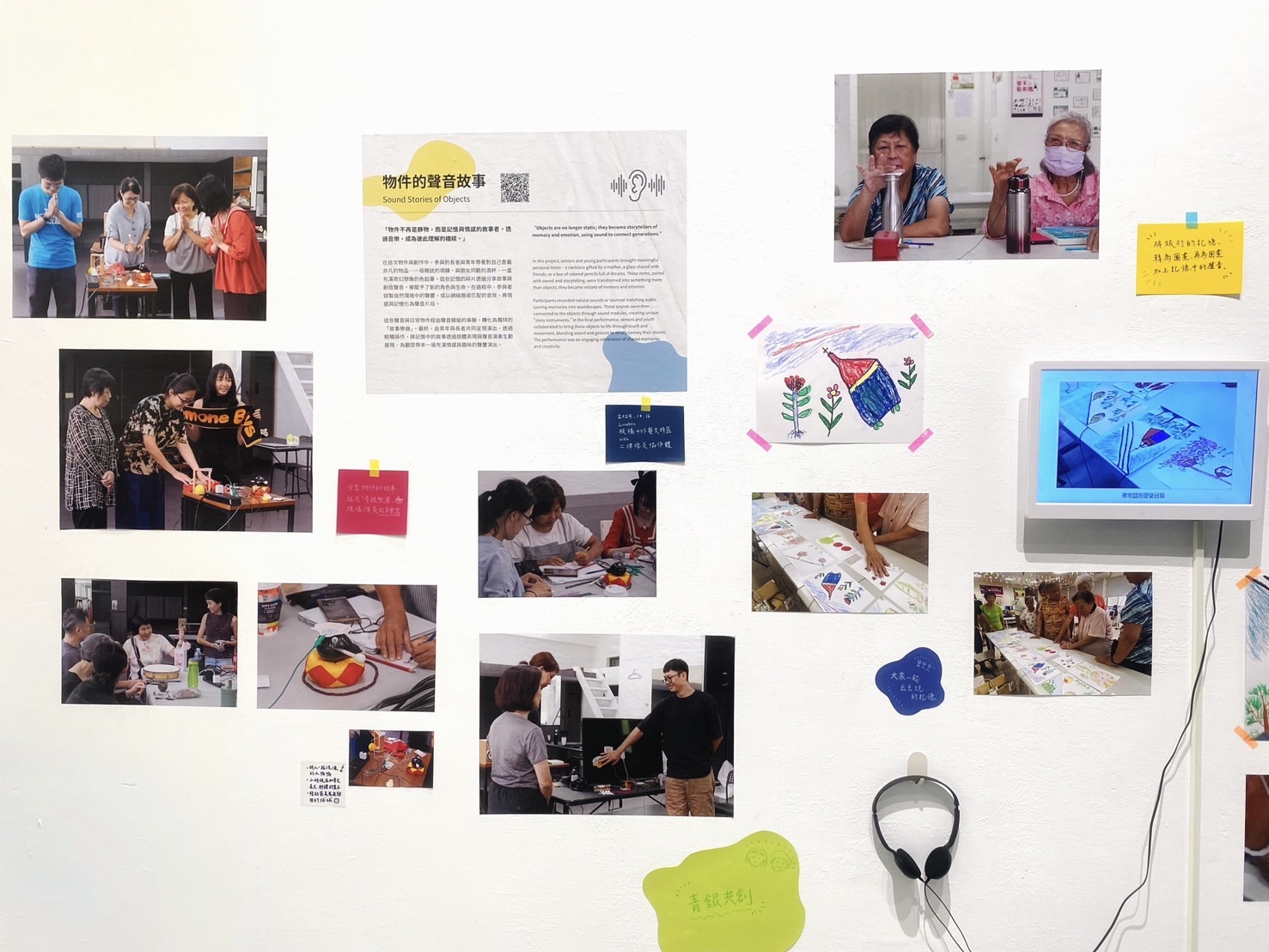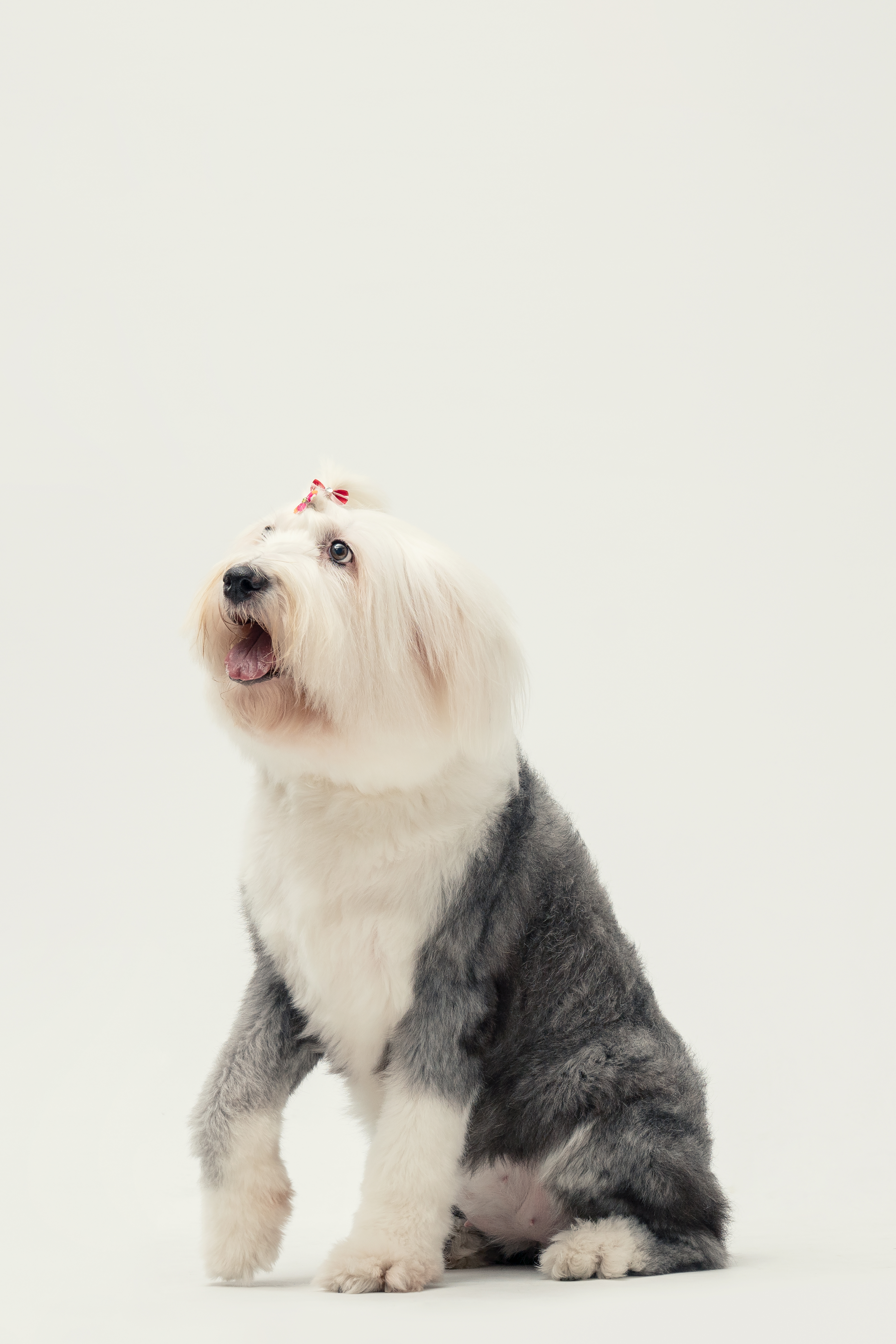
展覽快訊|聲音的另一種形狀 Another Shape of Sound
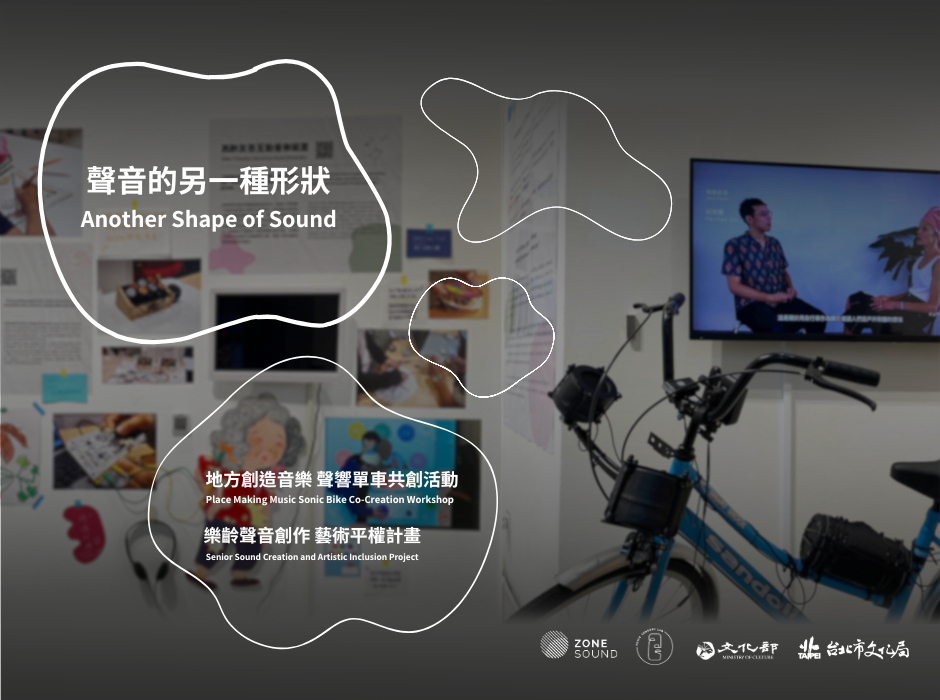
展覽以「聲音的另一種形狀(Another Shape of Sound)」為主題,在位於台北流行音樂中心的「聲化感官實驗室」展出。
內容呈現融聲創意於今年度探究「聽覺多樣性(Aural Diversity)」的成果。音樂不僅是藝術表達的媒介,還是跨越世代交際與文化的連結工具,在與不同年齡層互動的過程中,我們注意到「聽覺多樣性」的現象:不同世代對相同音樂內容的反應截然不同。而對長者而言,音樂學習往往是遙不可及的奢侈,而不同社會階層的長者對聲音的解讀也因生活經驗而各異。因此,我們希望打破傳統樂器框架,開發以科技與日常物件結合的「故事樂器」,讓音樂表達更具包容性,進一步探索藝術平權的可能性。
展覽展示了各類互動樂器的原型設計,也邀請觀眾親身體驗,以輕觸、操作這些裝置,感受音樂表達如何突破身體、年齡與技術的限制。希望透過本次展覽分享我們對藝術共融與文化平權的思考,並邀請觀眾一起探索音樂與聲音作為跨世代對話的可能性,讓創作成為每個人的自由語言。
「聲音成為畫布,記憶化作旋律, 描繪聽覺世界的多樣風景」
在音樂的世界中,我們往往假設每個人都擁有相同的聽覺能力,然而每個人對聲音的感知其實各不相同,這些差異值得被理解與尊重。透過結合音樂與數位工具,本計畫希望透過一系列公眾活動來檢視科技在實現文化平權中的潛力。
我們邀請樂齡長者與不同世代參與者共同合作,打破傳統樂器和音樂創作框架,將日常物件轉化為易於操作且充滿故事性的樂器,讓每個人都能以獨特的方式感受音樂、分享故事。這些創作不僅是聲響表達,更是種情感交流與人際連結。
我們希望透過這些分享與互動,重新思考我們如何「聆聽」彼此,讓音樂成為包容每個人特質的媒介,鼓勵更多人自由地創作探索。
Sound as Canvas, Memory as Melody, Sketching the Diverse Aural Landscape.
In music, we often assume that everyone has the same auditory abilities. However, each person’s perception of sound is unique, and these differences should be understood and respected. This project aims to explore how technology can promote cultural accessibility by integrating music with digital media to conduct a series of public activities.
We invited old and young people to collaborate, breaking away from conventional notions of instruments and music creation. Everyday objects are transformed into accessible instruments filled with stories, allowing everyone to experience music and share narratives in their ways. These works involve sound expression, emotional communication, and building interpersonal connections.
Through acts of sharing and interaction, we hope to reconsider how we can “listen” to one another, making music a medium that embraces everyone’s uniqueness and encourages more people to create and explore.
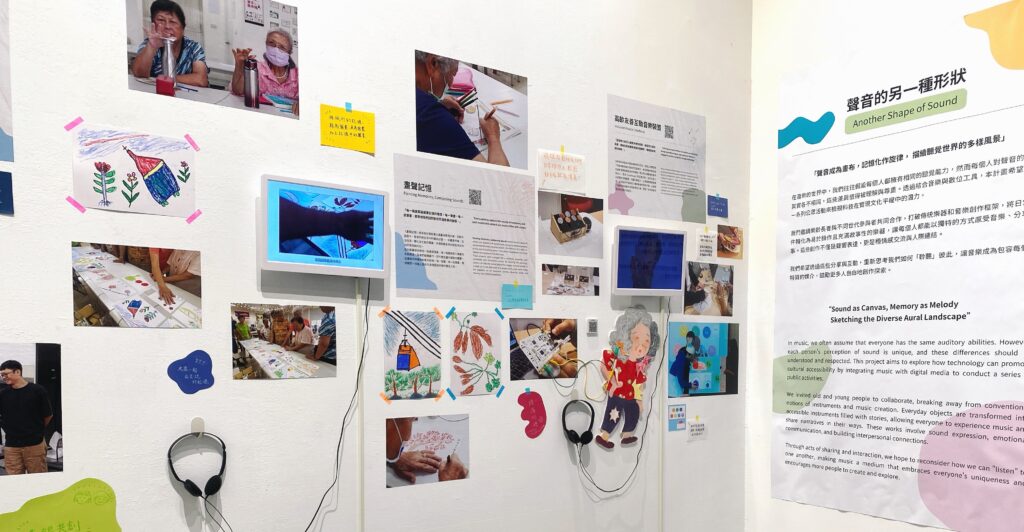
相關文章

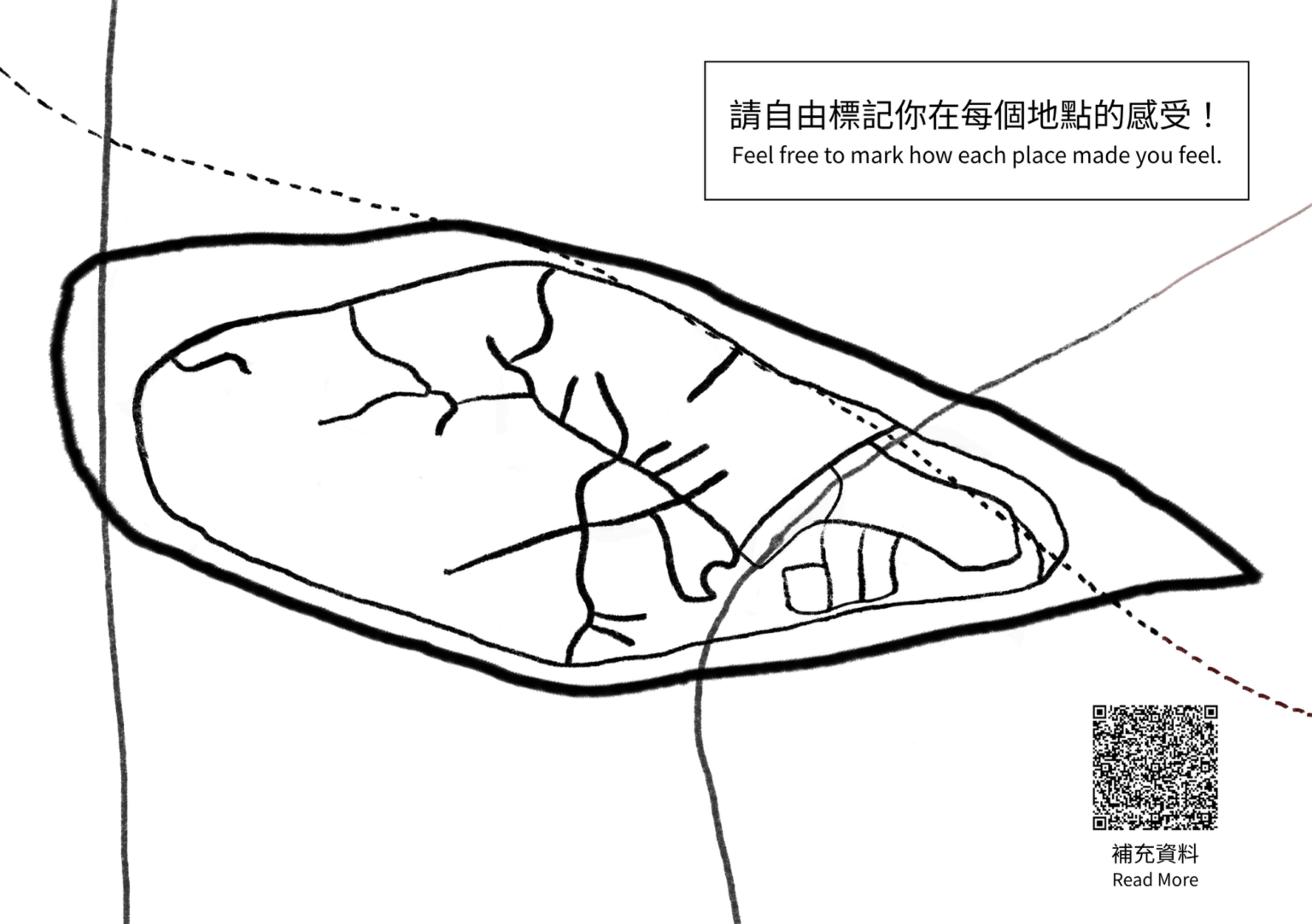
在舊港島練習節奏分析:從 Lefebvre 的 Rhythmanalysis 談起
參考法國思想家 Henri Lefebvre 在《Rhythmanalysis》提出的節奏分析,我們把夜間與日間的走訪、感知卡片、島嶼模型製作等活動,視為一次在現場展開的節奏實驗。這篇文章整理這套方法背後的理論線索,也說明它如何被轉寫成實際可操作的感知工具。
